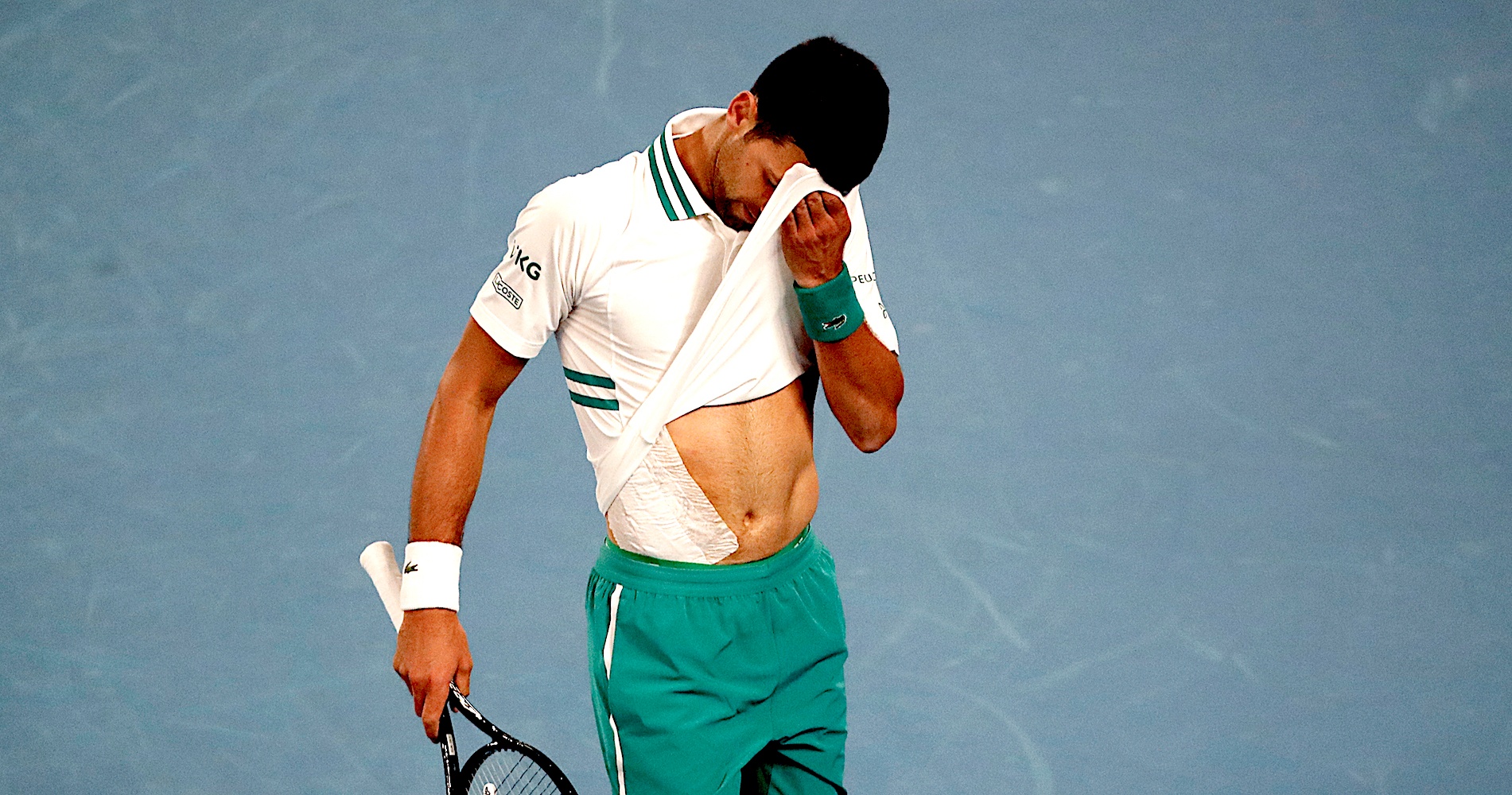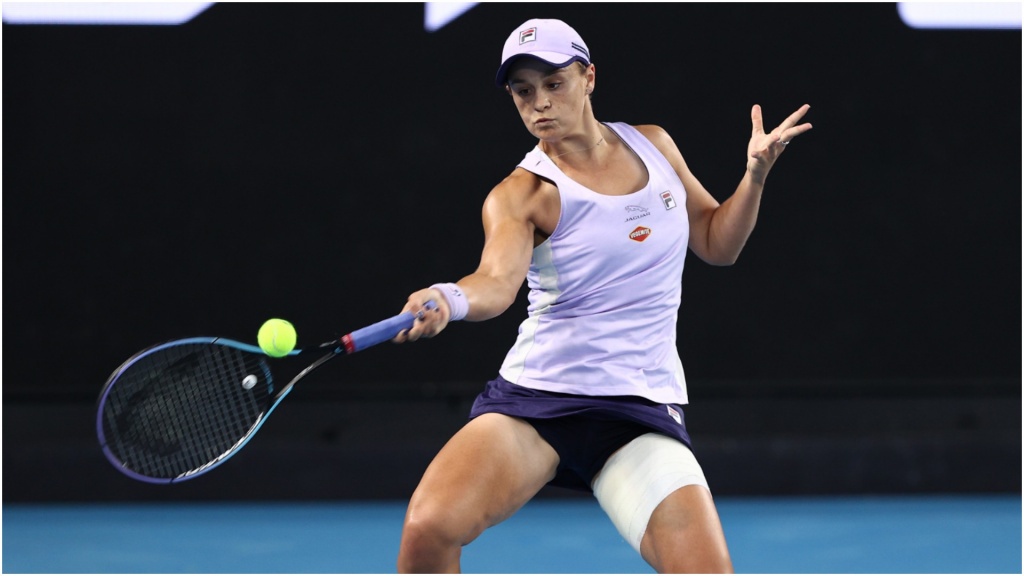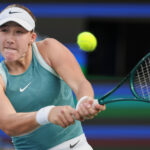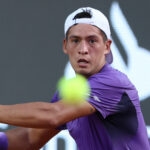2021 Australian Open more of a survival of the fittest than ever
A spate of abdominal injuries on the men’s side and fitness issues for many players has made this year’s Australian Open even more of a physical test
 Novak Djokovic, Melbourne 2021 – © AI / REUTERS / PANORAMIC
Novak Djokovic, Melbourne 2021 – © AI / REUTERS / PANORAMIC
The Australian Open has long prided itself on being the “Happy Slam” but it also likes to think of itself as being the toughest of the four Grand Slam events to win, the occasionally brutal conditions making winning seven matches over two weeks even more difficult, they would say, than doing it on the clay of Roland-Garros.
But though the weather has been pretty mild by Melbourne standards in the first week, the mounting number of injuries is an example of just how difficult this most unique of Grand Slam events has been, the effect of quarantine in the Coronavirus pandemic perhaps leaving some short of optimum fitness.
The sensitive stomach muscles of Berrettini, Ruud, Djokovic, Zverev and Carreño Busta
There are always injuries in every tournament but it’s interesting that on the men’s side, many of them have been abdominal problems. Matteo Berrettini and Casper Ruud both pulled out on Monday with stomach problems, while Novak Djokovic‘s ongoing injury problems – which seem to be the right oblique – have been well documented. Alexander Zverev, Djokovic’s opponent in the quarter-finals on Tuesday, is also reportedly struggling with something similar while Pablo Carrena Busta also quit his match with stomach problems.
Who can tell me how many players have had abdominal injuries during this years @AustralianOpen
— SvenTennis (@sventennis) February 15, 2021
None of the five mentioned were in the hard lockdown that saw 72 players unable to leave their rooms during the 14-day period, but maybe the change in circumstances, the stress of it all, the reduced preparation and then playing best of five sets so soon after has left some vulnerable to injury. On the women’s side, Johanna Konta was another to withdraw with an abdominal problem while more players than usual seem to be sporting heavy strapping, including world No 1 Ash Barty.
Nadal from 6mm to 26mm strain in 2009
Rafael Nadal, who was nursing a sore lower back in the build-up and could not play in the ATP Cup as a result, says he feels his injury is now a thing of the past. But Nadal said he knows how difficult it can be to try to deal with injuries during a Grand Slam.
“It depends what kind of injury you have,” he said. “(If) you have something broken, (if) you have a strain of your abdominal – for example, I did it in the past, and you do mistakes because it’s impossible to know exactly what’s going on when you are competing. For example, I remember in the US Open 2009 that I started the US Open with a strain, I think, here in the abdominal. I started with six millimetres or so of strain and I finished the tournament, I lost in that semi-final against (Juan Martin) Del Potro and I finished the tournament with 26 millimetres. Of course it wasn’t a smart decision.”
World No 1 Djokovic says he’s happy to try everything to get through the tournament, noting that trying to win a ninth Australian Open crown and an 18th Grand Slam title was worth the risk of doing a little further damage. If he needs time off afterwards, he says that’s a risk worth taking.
Nadal: “If you really have problems, you will not win”
Nadal said everything depends on the injury but that if you’re actually injured, the chances of success are slim.
“You need to find a balance, but of course at this point of my career, if there is a big chance to increase something very important, probably I will not play because for me the happiness is much more important than give me a chance to win, and at the same time, if you are bad, you will not win,” he said. “That’s clear. If you really have physical problems, you will not win. If you have some pain and it’s not putting you in a situation that limits you, the movements, maybe you can find a way. But when you really, really have an injury, it’s impossible to win a tournament like this.”
Berrettini suffered his injury at the end of his third-round win over Karen Khachanov and was unable to take to the court to face Stefano Tsitsipas in the last 16 on Monday. Ruud lasted two sets of his match with Andrey Rublev before having to call it a day.
Unfortunately due to a lower left abdominal strain I had to retire from my match today at the @australianopen . It was a tough decision to make on court but I believe it was the right decision in the long run. I hate the feeling of having to “give up” but I couldn’t continue.. pic.twitter.com/Y3P7MUOgCn
— Casper Ruud (@CasperRuud98) February 15, 2021
Risk of further injury
Berrettini, who had looked so strong at the ATP Cup and in his first three Australian Open matches, said he did not want to risk further injury.
“I thought that it wasn’t something really big, but the next day when I woke up I felt it was big,” he said. “So I spoke to the doctors and they told me, look, I can get really worse, so it’s not worth the try. Obviously I’m not 100 percent. So to beat these guys, like, you have to be 100%. I think it’s not really professional to step in when you’re not the best.”
In the build-up to the Australian Open, there had been suggestions that the tournament might experiment with a shortened format, perhaps reducing the first few rounds to best of three sets, due to the shorter than usual preparation time. Tournament director and CEO of Tennis Australia, Craig Tiley, resisted those calls.
Whether those injuries would have occurred anyway, had the matches in week one been best of three, we’ll never know, but the lure of winning a Grand Slam title still burns strong. Whoever comes out on top come Sunday, on both the men’s and women’s side, really will have done it the hard way.
As Djokovic said:
“If it was any other tournament, other than a Grand Slam, I would have withdrawn. Because it’s a Grand Slam, I still want to do my best.”






